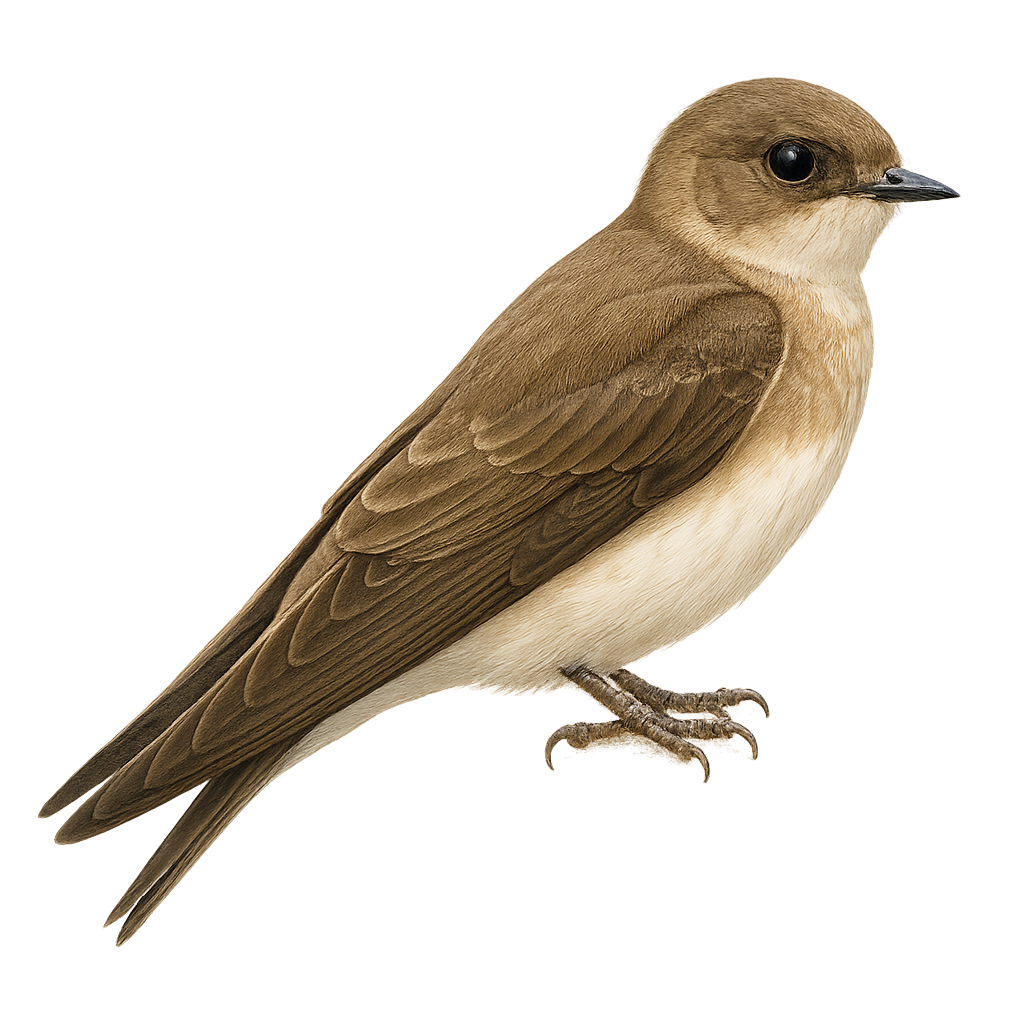Your wildlife photography guide.
Explore the southern rough-winged swallow in detail, study its behavior, prepare your shots.
Where to observe and photograph the southern rough-winged swallow in the wild
Learn where and when to spot the southern rough-winged swallow in the wild, how to identify the species based on distinctive features, and what natural environments it inhabits. The WildlifePhotographer app offers tailored photography tips that reflect the southern rough-winged swallow’s behavior, helping you capture better wildlife images. Explore the full species profile for key information including description, habitat, active periods, and approach techniques.
Southern Rough-winged Swallow
Scientific name: Stelgidopteryx ruficollis

IUCN Status: Least Concern
Family: HIRUNDINIDAE
Group: Birds
Sensitivity to human approach: Suspicious
Minimum approach distance: 10 m
Courtship display: September to November
Incubation: 14-16 jours
Hatchings: October to December
Habitat:
Open areas, riverbanks, lakes
Activity period :
Primarily active during the day, with peak activity in the morning and late afternoon.
Identification and description:
The Southern Rough-winged Swallow, Stelgidopteryx ruficollis, is a small bird from the Hirundinidae family. It is characterized by its brown plumage on the back and lighter underparts, with a distinctive rufous hue on the forehead. This species is mainly found in Central and South America, frequenting open areas near water such as rivers and lakes. It is often seen in flight, catching insects mid-air with agility and speed. Sociable in nature, it nests in colonies, often in natural cavities or man-made structures. Its breeding period varies by region but is generally active during the warmer months.
Recommended lens:
400mm – adjust based on distance, desired framing (portrait or habitat), and approach conditions.
Photography tips:
To photograph the Southern Rough-winged Swallow, it is advisable to use a 400mm lens or longer to capture detailed images from a distance. Look for areas near water where they are active, especially in the morning or late afternoon. Be patient and wait for them to perch or fly nearby. Use a tripod to stabilize your camera and adjust your shutter speed to freeze the fast movement of these birds. Opt for soft lighting to avoid harsh shadows and achieve rich detail in the plumage.
The WildlifePhotographer App is coming soon!
Be the first to explore the best nature spots, track rutting seasons, log your observations, and observe more wildlife.
Already 1 432 wildlife lovers subscribed worldwide

